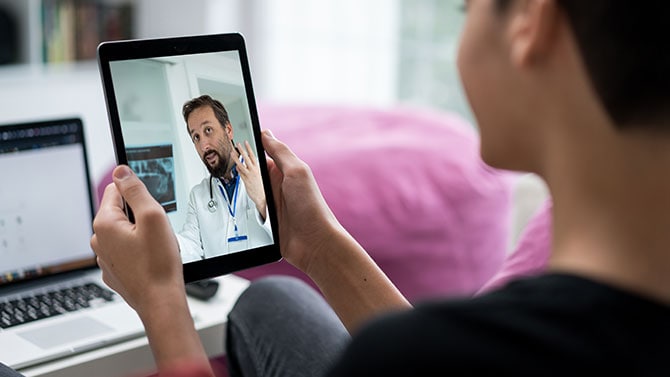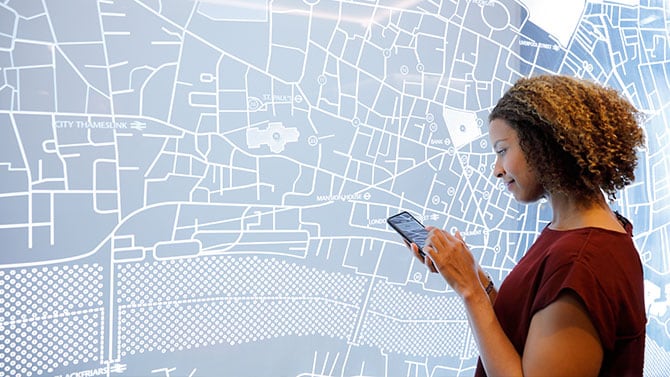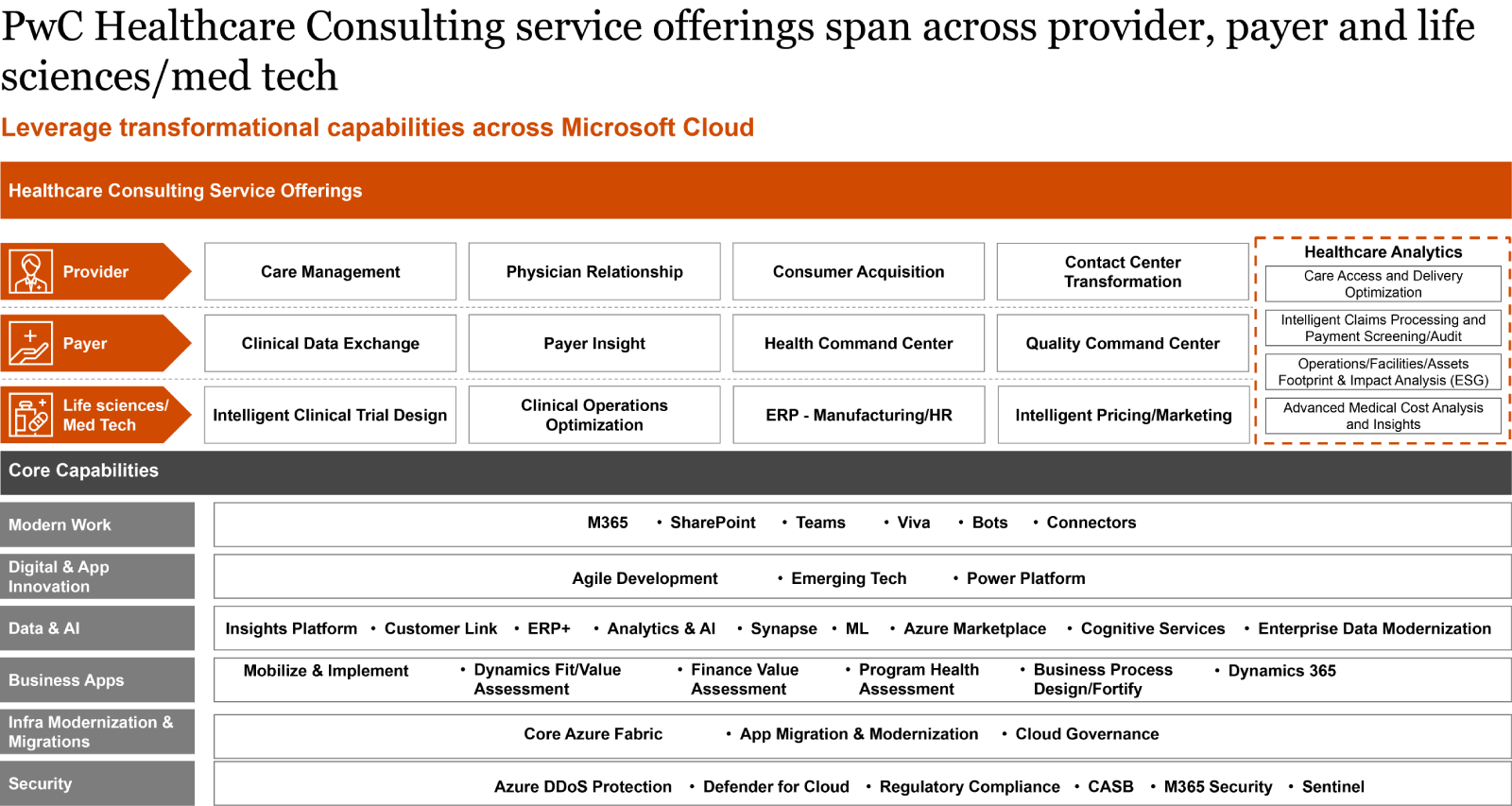PwC’s Patient 360 Degree platform is a constant digital companion for patients which enables them to connect with their healthcare providers directly through their mobile device, tablet or computer. The platform keeps the patients engaged outside the doctor’s chambers with devices used regularly by patients, thus reducing the accessibility barrier.
Using Patient 360 Degree, a patient can self-schedule appointments, review past medical records/reports, study health educational materials, provide feedback through surveys and much more.
Teleconsultation is also part of the platform, which enables a holistic doctor–patient virtual communication. With the intelligent nudge engine, intuitive notifications are sent to patients, depending on the past data footprint and personalised needs. With personalised reminders, the platform enables better compliance in terms of treatments and follow ups.
The medicine delivery and home care services help patients in receiving care at their doorsteps, while a remote monitoring system helps doctors/experts to monitor patient parameters from different locations. Moreover, intelligent chatbots keep patients always connected with their caregiver, and improve the efficiency of care providers by reducing the communication gap.
With the patient-centric experience of this platform, all hospitals using this solution have seen a paradigm shift in patient preferences towards digital platforms than any other traditional mode of communication and helped in improving the overall patient experience and achieving higher satisfaction index.






















